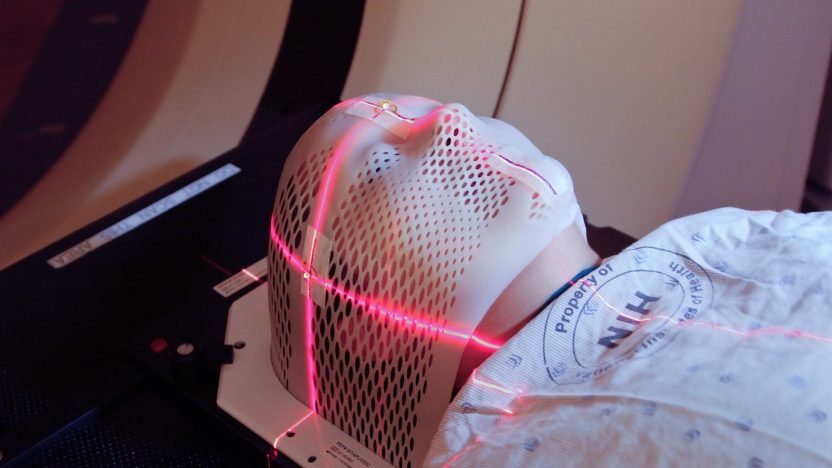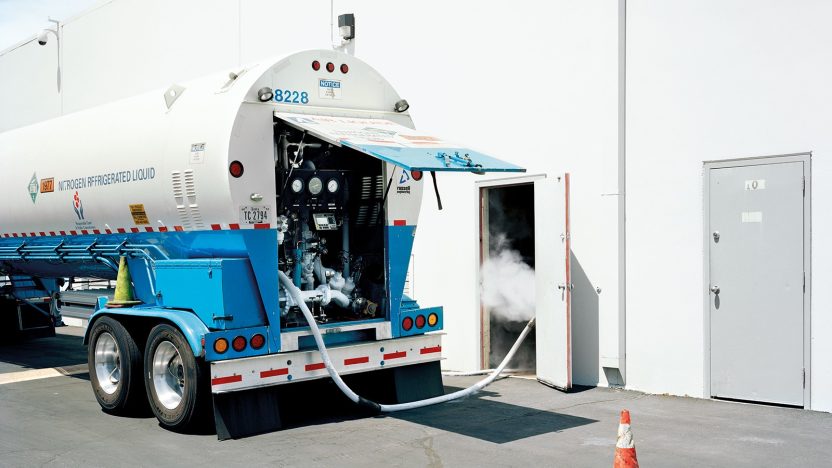What is contact tracing?
Tracing the path of contact with anyone who might have the virus is being used as a public health tool for controlling the pandemic.
by MAIZE

Contact tracing — the process of identifying, assessing, and managing people who have been exposed to a disease to prevent its onward transmission — has the benefit of technology on its side when it comes to tracking Covid-19, but the core of its basic principles have been used for hundreds of years, dating back to the time of the bubonic plague in Europe.
In 1576, while treating patients on the shores of Lake Garda in northern Italy during the bubonic plague outbreak, physician Andrea Gratiolo used contact tracing to disprove the origin of the disease when a woman was said to have carried it from her home in Trento 100 km to the south to the town of Desenzano. In La Peste di Desenzano nel 1567, The Plague of Desenzano, Gratiolo wrote that the woman had “taken a small and tightly packed boat with 18 others … sleeping on top of one another, and one woman had slept all night with her head in the accused woman’s lap.” In a plague treatise published later that year, Gratiolo argued that the boat’s passengers should have become infected if the woman had the plague, but none did.
Indeed, contact tracing was widespread in 16th-century Europe. A hospital duty book from Nuremberg, Germany, compiled between 1500 and 1700, lists questions to be asked of every patient wishing treatment at any of the city’s facilities, regardless of the illness. These related to how, when, where and, if possible, from whom the patient had contracted it. Historian William Coleman’s 1987 book, Yellow Fever in the North, associated “case tracing” with the origins of epidemiology in the mid-19th century. French physicians fighting yellow fever in the 1840s focused on finding the first case — what we would now call “patient zero.”
When it comes to 2020 and Covid-19, tracing the path of contact with anyone who might have the virus is being used as a public health tool for controlling the pandemic. Contact tracing for Covid-19 according to the World Health Organization recommendations requires identifying people who may have been exposed to the virus and checking with them daily for 14 days from the last point of exposure. For successful tracing, individuals must agree to daily monitoring, be willing to report signs or symptoms of Covid-19 promptly, and go into quarantine for at least 14 days if they become symptomatic.
A contact is defined as anyone with the following exposure to a Covid-19 case, from two days before to 14 days after the onset of illness:
- Being within 1 meter of a Covid-19 case for 15 minutes or longer
- Direct physical contact with a Covid-19 case
- Providing direct care for patients with Covid-19 without using proper personal protective equipment like masks, gloves, and medical gowns
If confirmed cases are asymptomatic, those contacts should be managed in the same way as symptomatic cases with an exposure period from two days before the case was sampled, to 14 days after. Regular communication between a contact tracing team and the contacts who they have been assigned to monitor is a key part of contact tracing. The World Health Organization notes that electronic data capture tools should be used wherever possible, and while this can aid in contact tracing, it also presents privacy issues that the contact tracing of the 1500s did not have to contend with.
Singapore was one of the first to release a digital contact tracing app. As the pandemic spread globally, national governments around the world built their own contact tracing apps. MIT’s Covid Tracing Tracker shares details of significant automated contact tracing apps that are backed by national governments from around the world from Algeria to Vietnam. The database currently includes 25 apps sharing information like the technology used, its limitations, and criticisms. An Amnesty International investigation reviewed contact tracing apps from Europe, the Middle East, and North Africa, including a detailed technical analysis of 11 apps in Algeria, Bahrain, France, Iceland, Israel, Kuwait, Lebanon, Norway, Qatar, Tunisia, and United Arab Emirates. The results found that some of the apps were worse when it came to compromising human rights. Bahrain’s ‘BeAware Bahrain,’ Kuwait’s ‘Shlonik’ and Norway’s ‘Smittestopp’ were found to be the worst violators as mass surveillance tools, with all three actively carrying out live or near-live tracking of users’ locations by frequently uploading GPS coordinates to a central server. A major security vulnerability was discovered in Qatar’s EHTERAZ app, which exposed sensitive personal details of more than one million people, but it was fixed after Amnesty told the government about its findings. Another issue with tracing apps are their socio-economic limitations for people who do not have access to mobile devices.
Tracing app technology includes identifying a person’s contacts by tracking a phone’s movements and looking for other phones that have spent time in the same location. Some systems use “proximity tracking,” in which phones swap encrypted tokens with any other nearby phones over Bluetooth. This technology is easier to anonymize and generally considered better for privacy than location tracking.
An Apple and Google “Exposure Notification System” allows phones to be used for contact tracing with the apps tracking other phones that you have been in close contact with, using either GPS or a “digital handshake” between phones over Bluetooth. If a user gets Covid-19, they alert the app, and anyone who has been near them in recent days is notified that they may have been exposed.
Another technology is DP-3T, or decentralized privacy-preserving proximity tracing. It’s an open-source protocol for Bluetooth-based tracking in which an individual phone’s contact logs are only stored locally, so no central authority can know who has been exposed.
But are these apps really effective? Researchers at Oxford University estimate that 60 percent of the population would need to use a contact tracing app for it to be effective in actually curbing the virus, and no country has come close to that level. Until their use becomes more prevalent, contact tracing apps’ value may lie in gathering real-time data about which activities or locations might be responsible for the highest number of potential exposures and closing them or limiting their access accordingly, taking us back to the basics of contact tracing.



 in Italy
in Italy